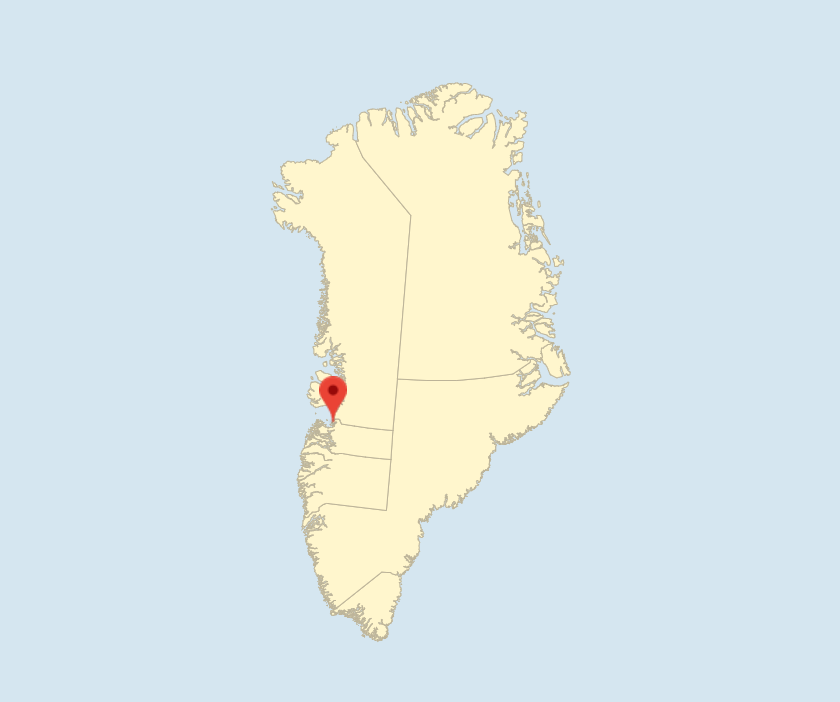
The museum is housed in Qasigiannguit’s oldest buildings, dating from the town’s founding in the first half of the 18th century. In 1981, the Royal Greenland Trading Department handed over the old telegraph manager’s residence, the town’s old salute cannons and flag bastion to the municipality. The telegraph manager’s residence was taken into use as the first museum building. From 1988 also the manager’s residence was handed over and is now the museum’s main building. The so-called Poul Egede’s House (the oldest European wooden building in North Greenland) underwent listing and renovation in the 1990s, and it was then used as an exhibition room.
Over the years, several deeds on buildings have been handed over to the museum, and the building stock has doubled with the inclusion of three more buildings – a peat house erected at the citizens’ initiative, a self-built house and a storehouse of a former paint business. In line with the museum’s development focusing on citizen participation and interactive dissemination, all three buildings have been included in the museum’s activities.
The storehouse of a former paint business is used by the museum as a workshop for the municipally initiated historical interactive reenacting program, Nunaqarfik Uumassusilik/Living Settlement, working in the workshop and in the open air with the dissemination of the everyday life of summer in the pre-colonial Inuit culture of Qeqertarsuup Tunua (Disko Bay).
Further reading
- Churches and church building
- Hans Egede and the work for the mission service
- Home Rule (1979‑2008)
- Kujataa – farming on the brink of the ice sheet
- Religion and religious communities
- Qasigiannguit
- The colonial period until the war years
- Towns and settlements
- Traditions and tales
- Visual arts and crafts
Read more about Culture in Greenland
